James Webb Space Telescope Snaps Rare Image of Alien Planet
The James Webb Space Telescope has made a groundbreaking discovery, capturing a rare image of a unique planet just beyond the reach of our solar system. This significant finding may lead to a better understanding of the potentially habitable planets in the cosmos.
Researchers explain that the state-of-the-art telescope captured a rare image of exoplanet trillions of millions away from Earth, which bears a striking resemblance to a celestial body in our solar system.
The James Webb Telescope
NASA first launched The James Webb Telescope back in 2021 on a rocket sent beyond the boundaries of our planet from Europe’s Spaceport in French Guiana.
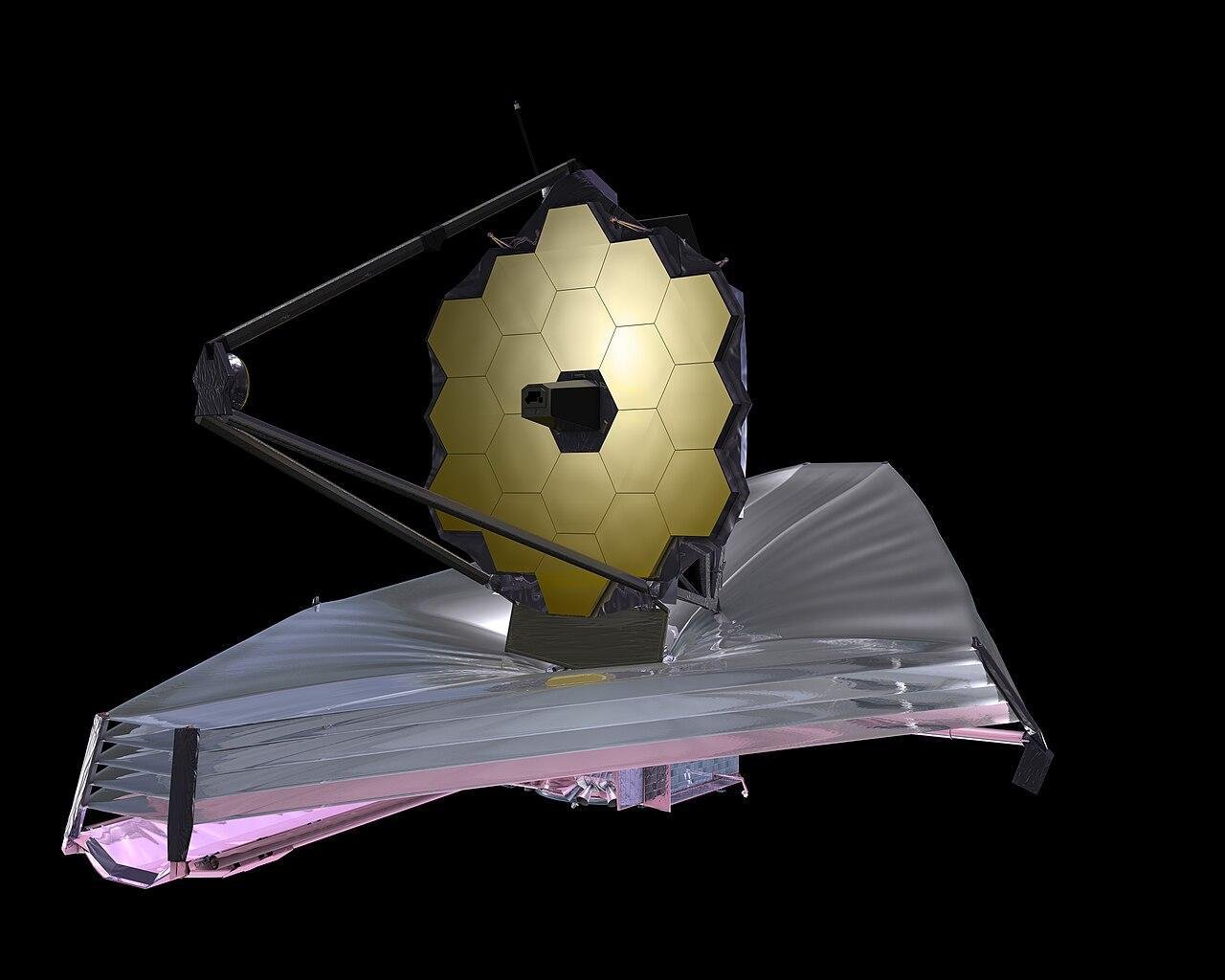
Source: Wikimedia
The JWST, a marvel of modern technology, is considered more powerful than any of its predecessors. In the few years that it has been active, it has been able to scan distant galaxies in search of rare celestial bodies and planets capable of sustaining life, leaving astronomers and enthusiasts alike in awe of its capabilities.
Fascinating Discoveries Made by the James Webb Telescope
One of the most fascinating discoveries made by the JWST is a planet known as K2-18 b, which currently sits around 120 light years away from our blue planet. Astronomers are interested in this discovery as they believe the surface of the planet may be covered in water.
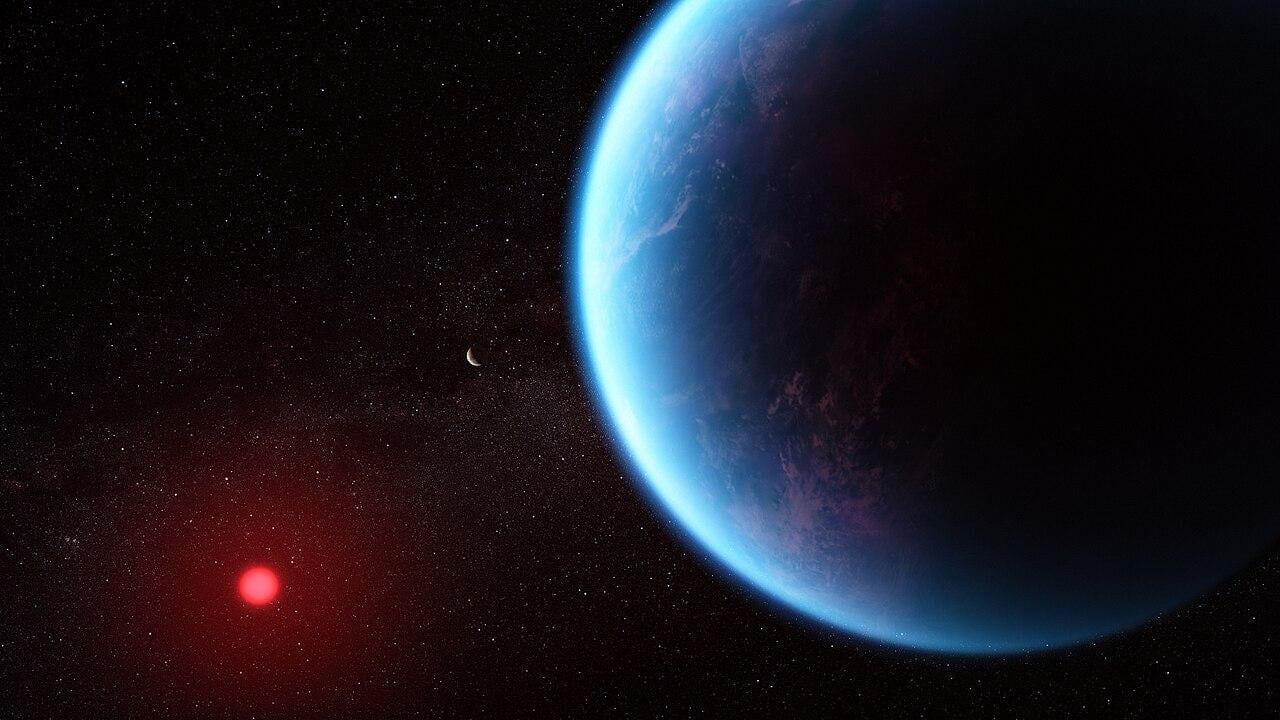
Source: Wikimedia
The JWST has made a plethora of other exciting finds and even snapped plenty of photos, allowing researchers to thoroughly examine the surface of many celestial bodies.
Exoplanet Twice the Size of Jupiter
In July 2024, the powerful telescope snapped an image of a fascinating exoplanet, which researchers later named Epsilon Indi Ab.
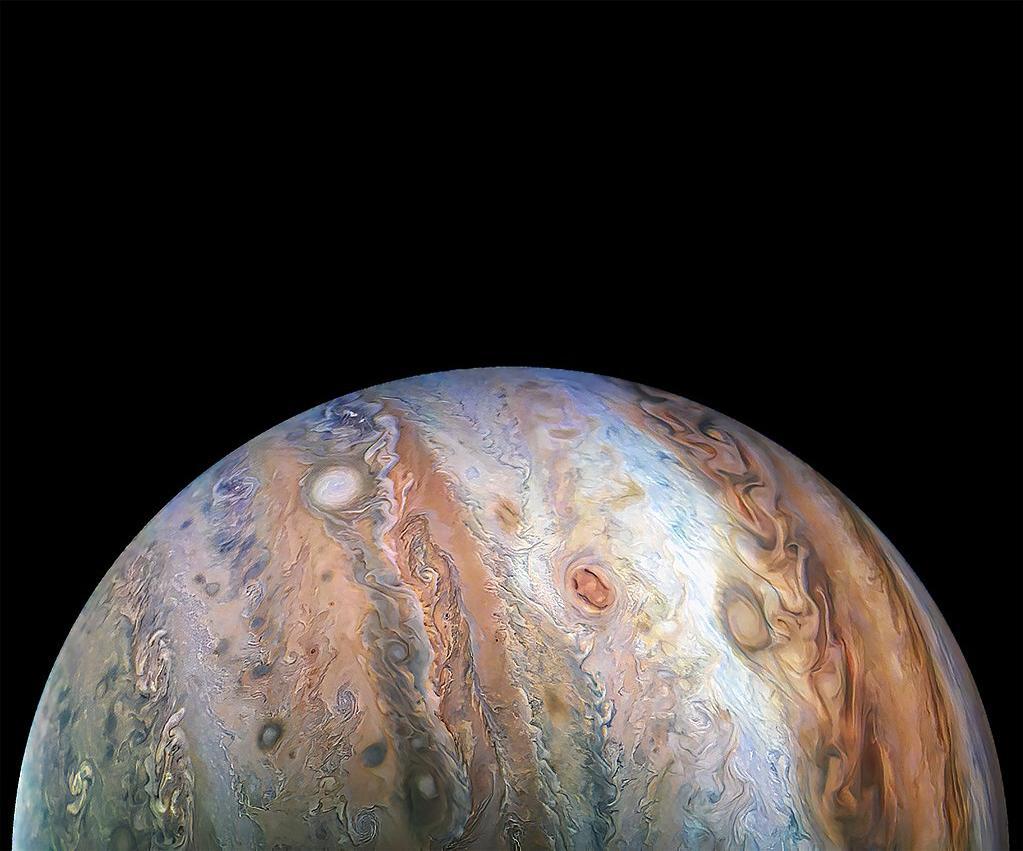
Source: Wikimedia
Located around 12 light years, or trillions of miles, from Earth, this planet bears a resemblance to our neighbouring gas giant, Jupiter. However, it is almost twice the size of the gas giant.
Lead Researcher Shares Her Thoughts on Jupiter-Like Planet
Elisabeth Matthews, a scientist at the Max Planck Institute for Astronomy, led a team of researchers to the discovery. Later, they shared their findings in the journal Nature.

Source: Freepik
“This discovery is exciting because the planet is quite similar to Jupiter — it is a little warmer and is more massive, but is more similar to Jupiter than any other planet that has been imaged so far,” she said in a statement.
The Most Powerful Telescope Ever Built
“Directly detecting planets around other stars is no easy feat,” NASA explains. Luckily, they can make use of the most powerful space observatory ever built to do the heavy work.
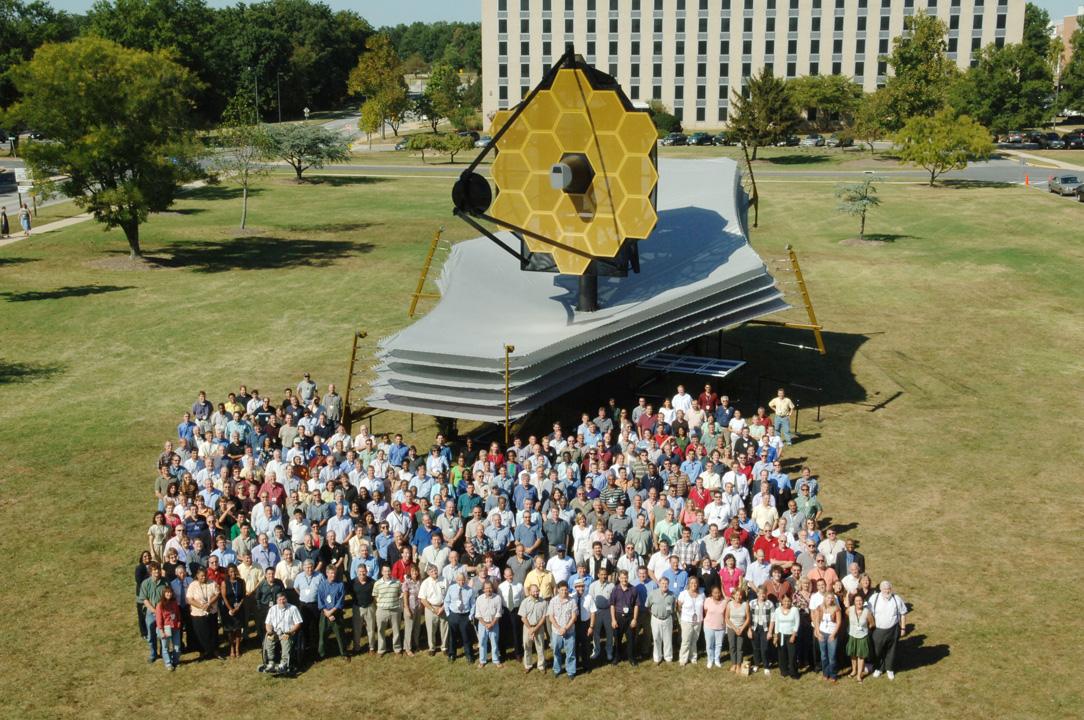
Source: Wikimedia
The Webb telescope utilized a coronagraph in order to capture the faint light from this distant exoplanet. A coronagraph can block light from a particular star, allowing it to capture an image. Essentially, this allows light from the specific exoplanet to reach the JWST.
The Challenges of Capturing Images of Distant Stars
NASA shed insight on the challenges associated with capturing a clear image of a planet well beyond the boundaries of our solar system.

Source: Wikimedia
“Even the nearest stars are still so far away that their planets appear to be separated by a fraction of the width of a human hair held at arm’s length. At these tiny angular scales, the planet’s faint light is lost in the glare of its host star when trying to observe it,” they said.
Photograph of the Epsilon Indi Ab
On its website, NASA shared the image taken by the Webb telescoping telescope, explaining, “A star symbol marks the location of the host star Epsilon Indi Ab, whose light has been blocked by the coronagraph, resulting in the dark circle marked with a dashed white line.”
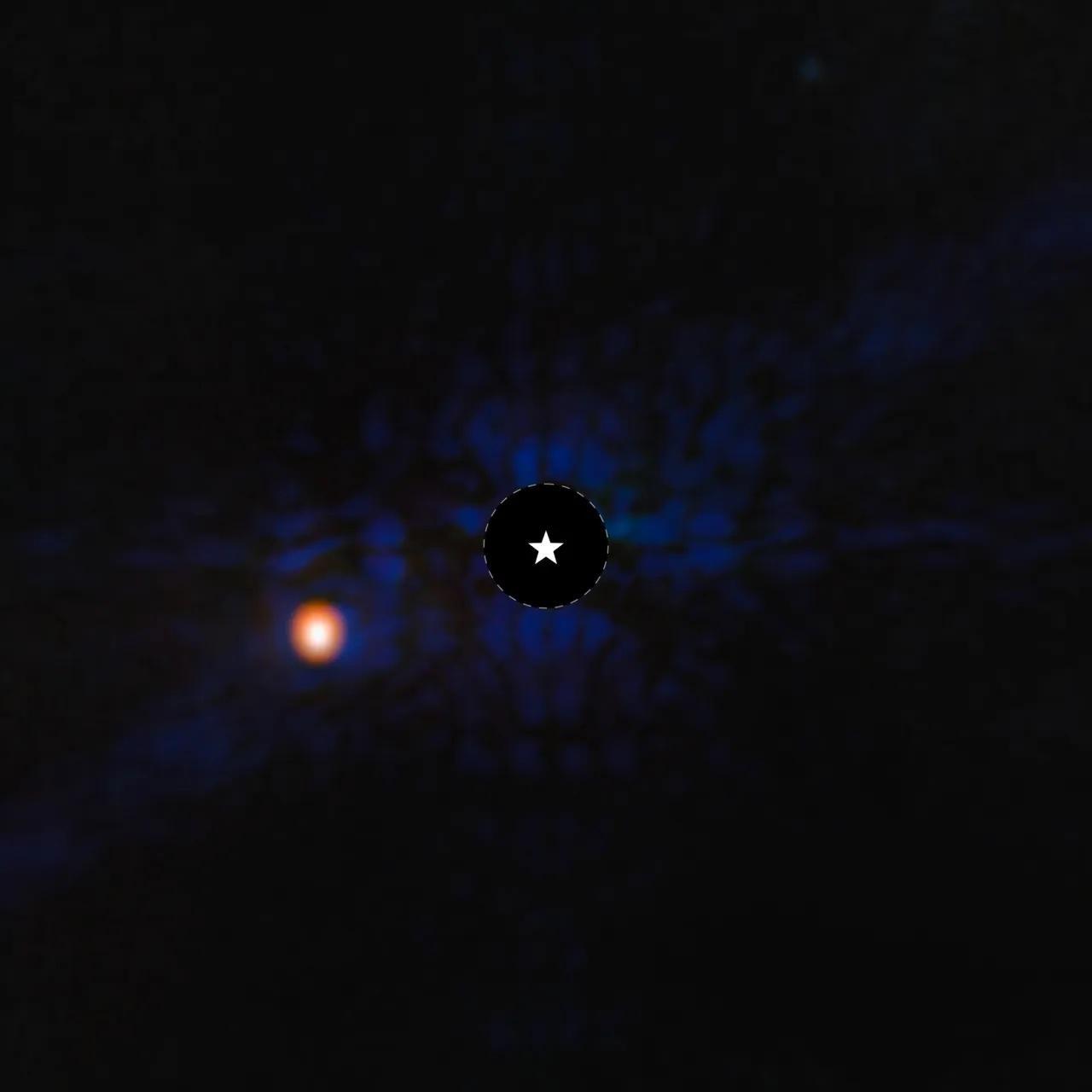
Source: NASA Goddard/X
The orange object just to the left of the star is the Jupiter-like planet Epsilon Indi Ab.
One of the Coldest Planets Ever Discovered
NASA researchers determined that Epsilon Indi Ab has an average temperature of around 35 degrees Fahrenheit, or 2 degrees Celsius. This makes it one of the coldest planets ever photographed.
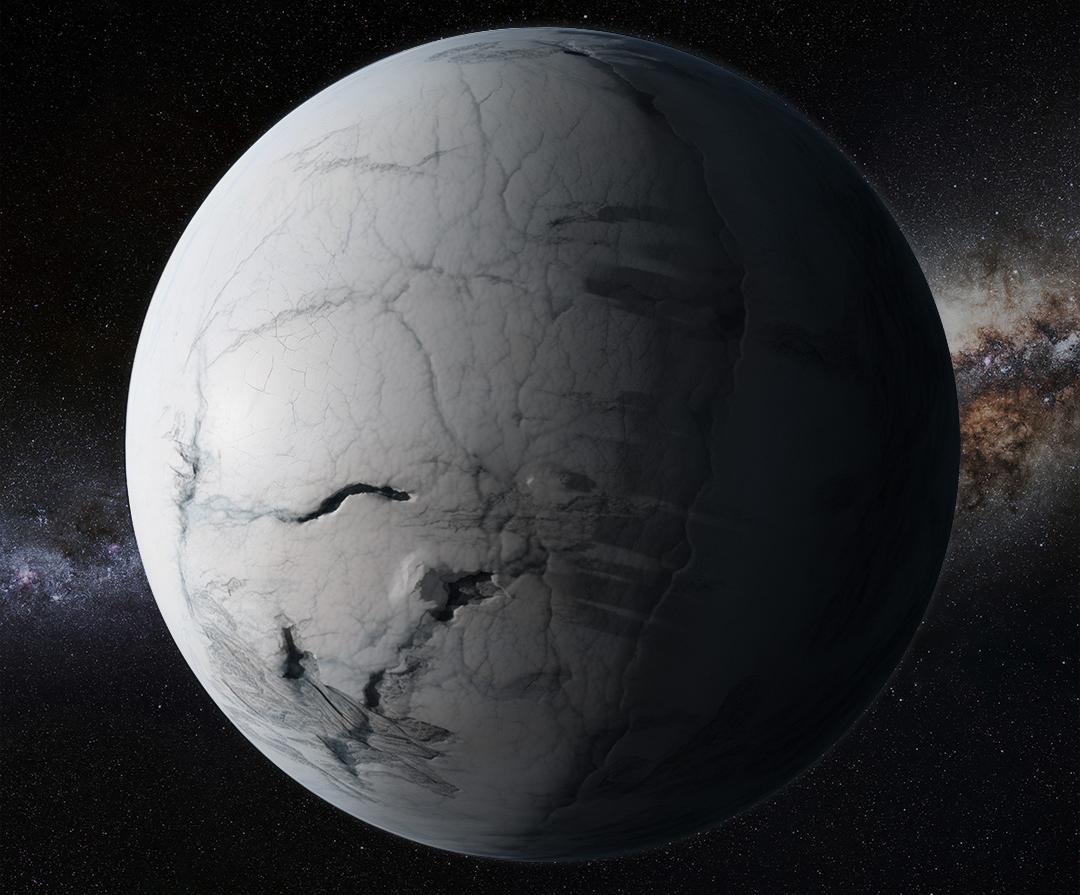
Source: Wikimedia
“It’s exciting to actually see a planet there ourselves and begin to measure its properties,” said Caroline Morley, who worked on the study.
Planets Like Epsilon Indi Ab Inspire Sci-Fi Movies
Morley, an exoplanet researcher at the University of Texas at Austin, detailed how exoplanets like Epsilon Indi Ab often inspire science fiction movies and novels.

Source: Wikimedia
“Astronomers have been imagining planets in this system for decades; fictional planets orbiting Epsilon Indi have been the sites of Star Trek episodes, novels, and video games like Halo,” she said.
Epsilon Indi Ab’s Orbit Fascinates Researchers
Despite being trillions of miles away from our home planet, Epsilon Indi Ab is actually the 12th closest known exoplanet to Earth. Nonetheless, the researchers chose to study the celestial body due to several factors.

Source: Wikimedia
“While we expected to image a planet in this system because there were radial velocity indications of its presence, the planet we found isn’t what we had predicted,” said Matthews. “It’s about twice as massive, a little farther from its star, and has a different orbit than we expected.”
Further Investigations to Be Carried Out on Jupiter-Like Planet
Speaking on the mysterious aspects of the exoplanet, Matthews continued, “The cause of this discrepancy remains an open question. The atmosphere of the planet also appears to be a little different than the model predictions.”
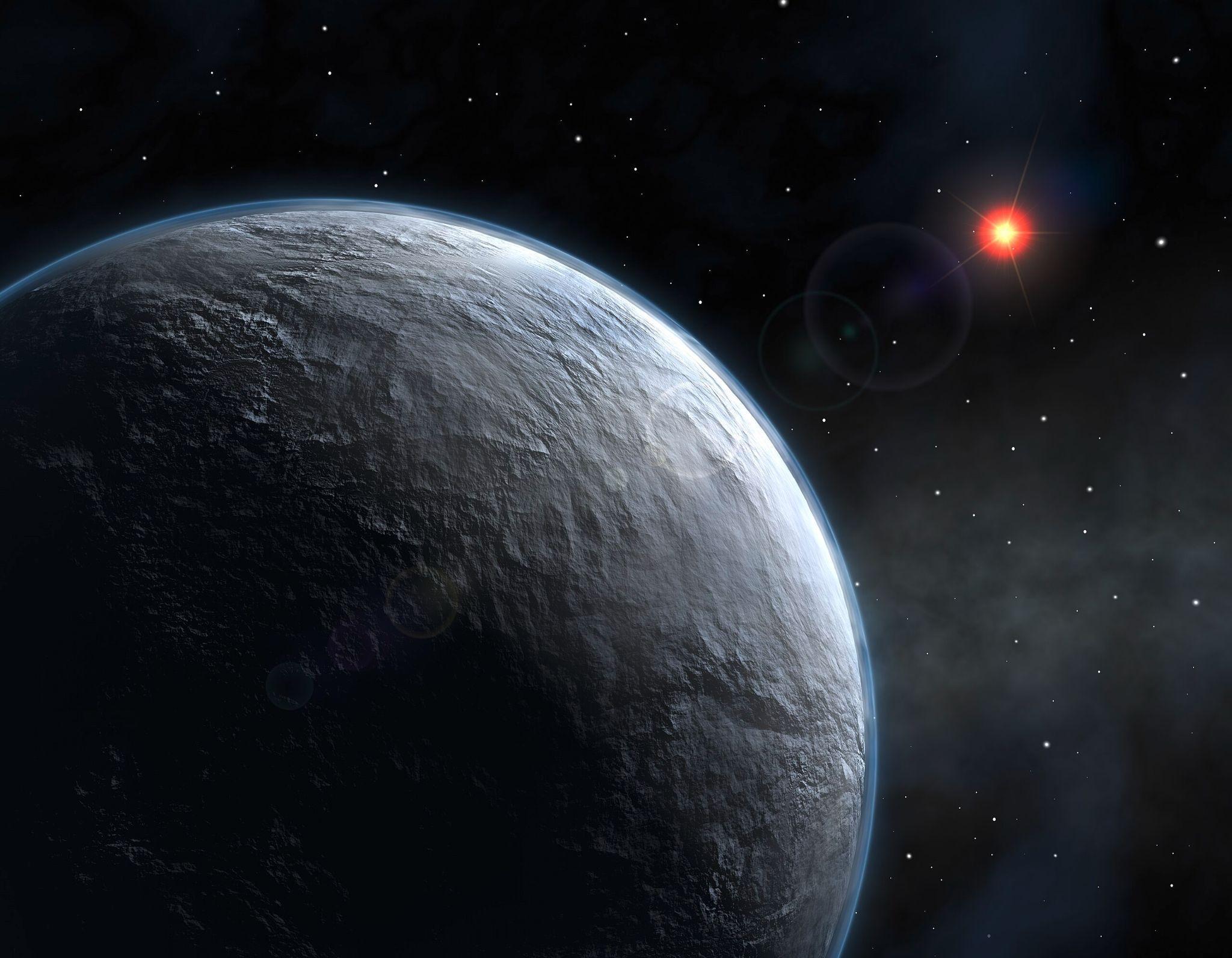
Source: Wikimedia
The researchers believe further investigations of the planet’s atmosphere could help them better understand this unique, Jupiter-like celestial body.
